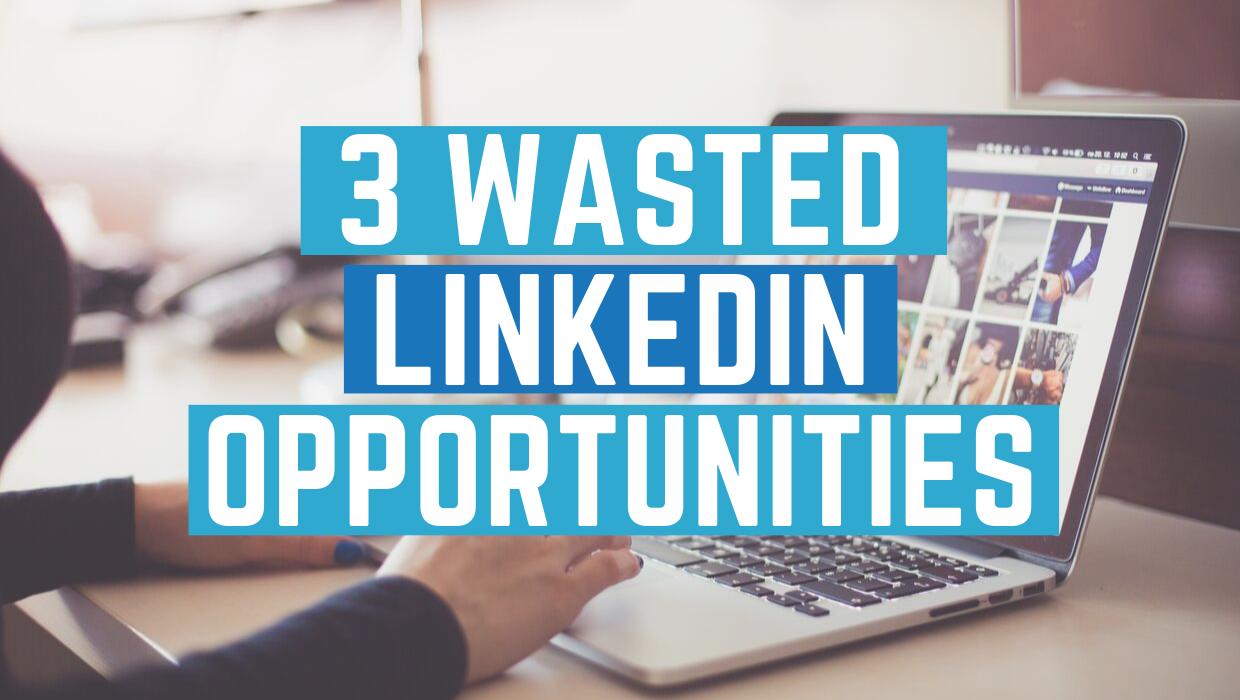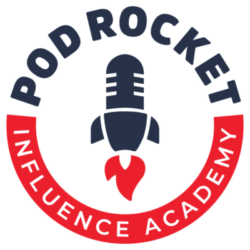Did you know that LinkedIn can be a highly effective prospecting tool for advisors?
LinkedIn is 277% more effective in generating leads than Twitter and Facebook, according to a Hubspot study. The study points out that LinkedIn users who visit websites come in more qualified and ready to buy.
That’s right — LinkedIn may be the most efficient lead generation tool in the land of social media. So don’t leave any LinkedIn leaf unturned! Read on to learn about three big wasted opportunities and learn how to turn it all around.
1. You’re not sending a message when inviting someone to connect with you
Whether you’re reaching out to a center of influence (COI) that you met at a conference or a prospect that you found by using Sales Navigator, don’t you dare leave that message field blank.
If you’ve already met this potential LinkedIn connection, use the message space to:
- Remind them of how you met if you think it’s necessary
- Reiterate how great it was to meet them
- Pay them a compliment (e.g. “I was really impressed by your presentation, I was particularly intrigued when you said that…”)
- Suggest another meeting or express the desire to keep in touch
Most advisors aren’t fazed by writing a message to someone they’ve already met. It’s writing to a cold prospect that seems more daunting. But this task becomes a lot easier when you have a template that you can customize.
Start by plugging these two talking points into your messages to prospects:
-
- Mention something you have in common from the get-go. Examples: they graduated from the same college as you, they work in an industry that you have experience with, you’ve volunteered for the same or similar organizations, etc.
- Explain why you are connecting with them. When you’re upfront about wanting to share your expertise, the prospects who connect with you will be more qualified than those who accept your connection based on a vague message.
Here’s an example of a message to a prospect, which you can use as a template:
Hi [first name],
I noticed you’re also a graduate of [insert name of your college]! I’m reaching out because I work with a lot of [College Name] alumni who are eager to create hyper goals-focused financial plans.
I’d like to share ideas with you on [insert your proudest offering here] from time to time. Hoping we can connect. Have a great day!
[Your Name]
2. You’re not making use of LinkedIn’s search features
Did you know that you can use LinkedIn’s search bar to see what your connections are talking about?
On the desktop version of LinkedIn, find the search bar on the top left on your screen. It’ll be on the top middle of the LinkedIn app.
Click on the magnifying glass icon. A drop-down menu will appear with several filtering options, as shown in the image below. Select “Content.”

LinkedIn will bring you to a new page. Now you can enter a keyword into the search bar and LinkedIn will show you all the posts that include that word. You can sort the posts by date, relevancy, connections’ industries, company names, and more.
This is an excellent feature for seeking out COIs that could complement your expertise and bring value to your clients.
If I were an advisor, I might search the term “divorce” to see if any divorce attorneys have created new content that they can discuss with me on my podcast or with my audience during a seminar.
On that note, if I knew for sure that I wanted to seek out divorce attorneys, I could select “People” instead of “Content” and then type “divorce attorneys” in the search bar. LinkedIn would then generate a list of all the divorce attorneys that are in my network.
Play around with the search-bar features. This could be a good prompt for you to start relationships with COIs, reconnect with ones you haven’t talked to a while, and then combine forces to bring your clients well-rounded guidance.
3. You’re not being generous enough
Let me ask you this: Are you trying to lure people in by giving them just a taste of your expertise?
Stop the bait-and-switch approach start telling people everything you know. Why? Because you become important in someone’s world once they realize you know a lot. (Our founder Kirk really brings this point home in episode 196 of our podcast.)
This goes for everything you create, which might include blogs, white papers, podcasts, and videos. Pour your knowledge into these mediums and then share all of it with abandon on LinkedIn.
Put succinctly, start posting that stuff.
You can even post your entire white paper or a presentation on LinkedIn. On their desktop version, you can upload PDFs, slides, papers, and reports, which your connections can then download as a PDF.
To upload your documents to LinkedIn, click on the paper icon to the far left of the box that you normally type in to create a post.

I recommend sharing your seminar presentations and any slides that you show to new clients during the onboarding process. This is about giving people full access to your expertise so they realize that you have the answers to their biggest financial challenges.
To make sharing your expertise sustainable and efficient, use a scheduler like Hootsuite to schedule LinkedIn posts. When you’re writing your posts, be sure to emphasize how your content solves your prospects’ challenges and then wrap it up with a strong call-to-action.
In addition to posting, send messages to your connections that include your content, such as specific episodes of your podcast. This probably goes without saying, but make sure the episode is relevant to that person. Instead of blasting out the same episode with a generic message, tell the person why you think they would find your episode about college-saving strategies helpful.
There you have it! I hope you will take these LinkedIn pointers and run with them. Start making the most of this prospect-rich platform today!





